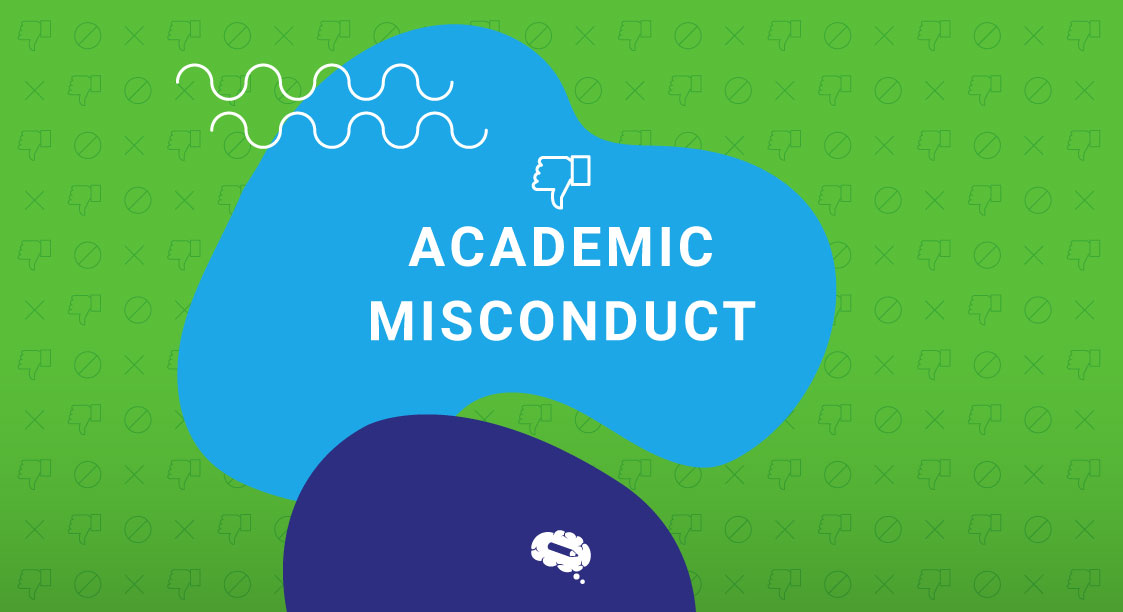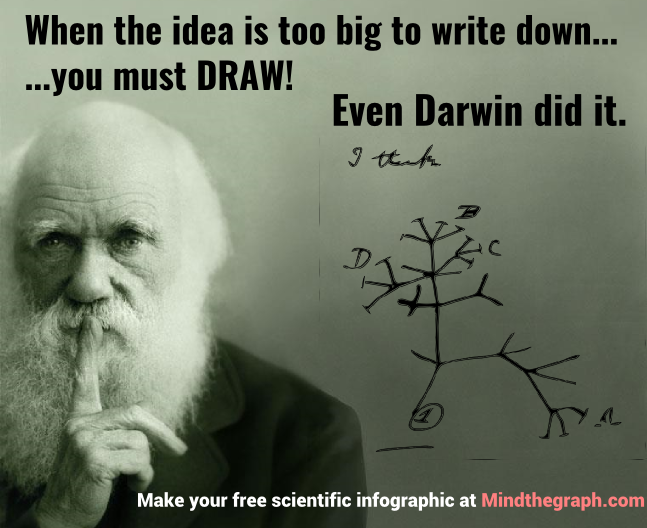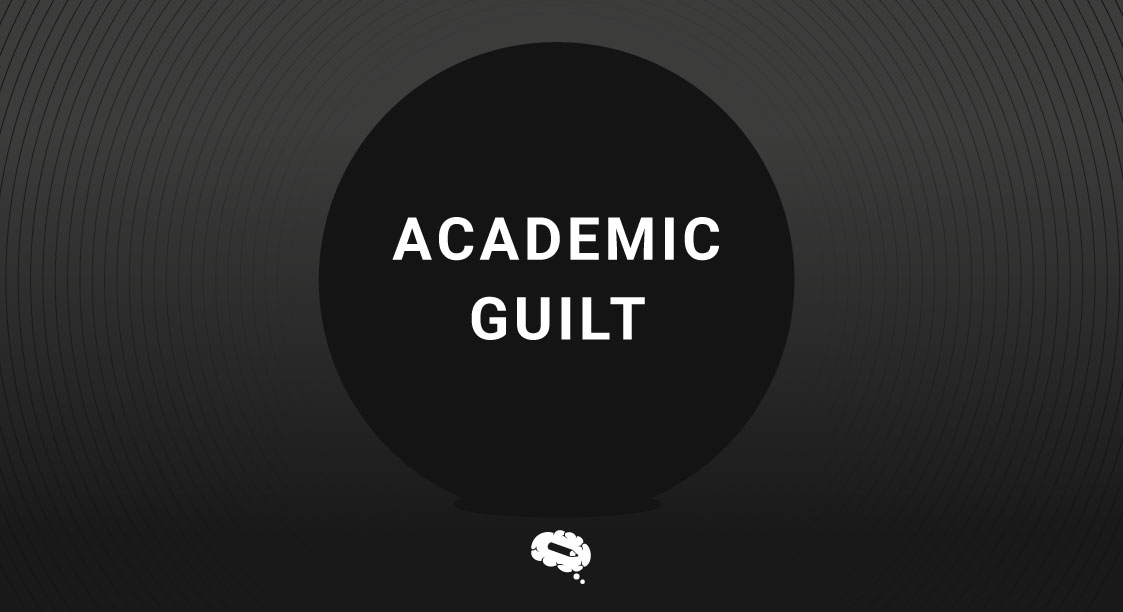Academic book chapters are an integral part of scholarly literature, offering in-depth insights and analysis on specific topics within a broader field of study. These chapters serve as essential contributions to academic books, providing valuable perspectives, research findings, and theoretical frameworks. Whether you are an aspiring author looking to publish your own chapter or a reader seeking authoritative knowledge, this guide will provide you with a comprehensive understanding of academic book chapters and their significance in the realm of scholarly publishing.
What is an Academic Book Chapter?
An academic book chapter is a section within a larger academic book that focuses on a specific topic or theme. It is written by an expert or scholar in the field and contributes to the overall knowledge and understanding of the subject. Academic book chapters often contain in-depth analysis, research findings, theoretical discussions, or practical applications related to the subject matter. It is commonly used in academic settings and serves as an authoritative source of information and reference for further study and research.
Purpose of an Academic Book Chapter
The purpose of an academic book chapter is to provide an in-depth exploration of a specific topic within a broader subject area. It aims to contribute new knowledge, insights, or perspectives to the field of study and to serve as a valuable resource for researchers, scholars, and students. Academic book chapters often present original research, critical analysis, theoretical frameworks, or practical applications, and they are written by experts or specialists in their respective fields. They offer an opportunity for in-depth exploration and detailed examination of a particular subject, filling gaps in the existing literature and advancing the understanding and discourse within the academic community.
Structure of an Academic Book Chapter
Title or Headline
The title or headline of a chapter gives readers an idea of the content or theme of the chapter. It provides a clear indication of what the chapter will cover and helps set expectations for the reader.
Introduction
The introduction is the opening section of the chapter that aims to grab the reader’s attention and create interest in the topic. It typically includes an attention-grabbing hook, such as a captivating anecdote, a thought-provoking question, or a compelling statement, to engage the reader from the very beginning.
Paragraphs
The body paragraphs make up the main section of the chapter and delve into the topic in detail. Each paragraph focuses on a specific aspect, idea, or argument related to the chapter’s theme. They support evidence, examples, and explanations to strengthen the chapter’s content and provide a comprehensive understanding of the topic.
Summary
Toward the end of the chapter, a recap or summary is included to briefly summarize the main points and key findings discussed in the chapter. It is a reminder for readers, reinforcing the important concepts and ensuring they grasp the main takeaways from the chapter.
Transition to the next chapter
The transition to the next chapter is a crucial bridge that maintains the flow and coherence of the book. It smoothly connects the current chapter with the following one, ensuring a seamless progression.
Research and Writing Process
The research and writing process is a systematic approach to conducting academic research and producing a well-written chapter. It contains several stages that guide researchers from choosing a topic to writing the final chapter. Here’s an overview of each stage and its topics:
Choosing a Topic: This stage selects a subject or area of interest for the research. Researchers consider their expertise, the significance of the topic, and its relevance to the field. They may also consider gaps in existing knowledge that can be explored further.
Developing a Research Question: Once a topic is chosen, researchers develop a focused research question that guides the investigation. The research question should be specific, clear, and aligned with the research objectives. It helps in directing the research process and framing the chapter’s content.
Gathering Sources: Researchers engage in an extensive literature review to gather relevant sources and scholarly works related to the chosen topic. They explore academic databases, books, journals, and other credible sources to gather information, theories, and empirical evidence that inform their research.
Writing the Chapter: Researchers start the writing process after formulating a research question and gathering relevant sources. This entails structuring the chapter, outlining key points, and presenting cohesive arguments based on the collected information.
Editing and Proofreading
These stages focus on refining the written work to ensure clarity, coherence, and effectiveness. Here is an overview of the topics involved in editing and proofreading:
Reviewing the Content: This stage focuses on assessing and improving the quality of the chapter’s content. Researchers evaluate the alignment of the content with research objectives, ensuring clear and logical arguments and a cohesive narrative. They also analyze the strength of evidence and analysis and make revisions as needed to enhance the quality of the chapter.
Formatting the Chapter: Formatting refers to the visual and structural elements of the chapter. Researchers ensure that the chapter follows the prescribed formatting guidelines, such as font type and size, margins, line spacing, headings, and subheadings.
Proofreading: Proofreading involves reviewing the chapter for any grammatical, spelling, punctuation, or typographical errors. Researchers check for mistakes in sentence structure, usage of words, and overall language proficiency.
Editing: Researchers revise and polish their sentences, paragraphs, and overall writing style to enhance readability and impact. They pay attention to the use of language, eliminate wordiness, improve sentence structure, and ensure a consistent tone throughout the chapter.
Submitting the Chapter
Submitting the chapter is the final step in the process of preparing an academic book chapter for publication. It follows specific guidelines and procedures to ensure a smooth and successful submission. This stage is crucial as it determines whether the chapter meets the requirements of the target publication and moves forward in the publication process.
Submission Guidelines
Submission guidelines provide authors with detailed instructions on how to prepare and format their chapters for submission. These guidelines typically include information about the preferred file format, word count limits, citation style, referencing requirements, and any specific formatting guidelines unique to the publication. Authors must carefully review and adhere to these guidelines to increase the chances of their chapter being accepted.
Submission Process
The submission process is the final step in sharing the completed chapter with the editor or publishing platform. It requires following specific guidelines and submitting the chapter within the given deadline. Authors typically complete an online submission form, attach the chapter file, and provide necessary author information. It is crucial to adhere to the submission instructions, including any copyright considerations and disclosure of conflicts of interest. The submitted chapter then undergoes a review process, which may involve peer review and editorial evaluation.
Join our fast-growing community to revolutionize scientific communication!
Join our fast-growing community at Mind the Graph and revolutionize scientific communication! Mind the Graph platform is designed to empower scientists with innovative tools and resources to effectively communicate complex concepts. By joining our community, you gain access to a user-friendly interface, a vast library of scientific illustrations and templates, and the ability to create visually captivating posters, presentations, and infographics.

Subscribe to our newsletter
Exclusive high quality content about effective visual
communication in science.





